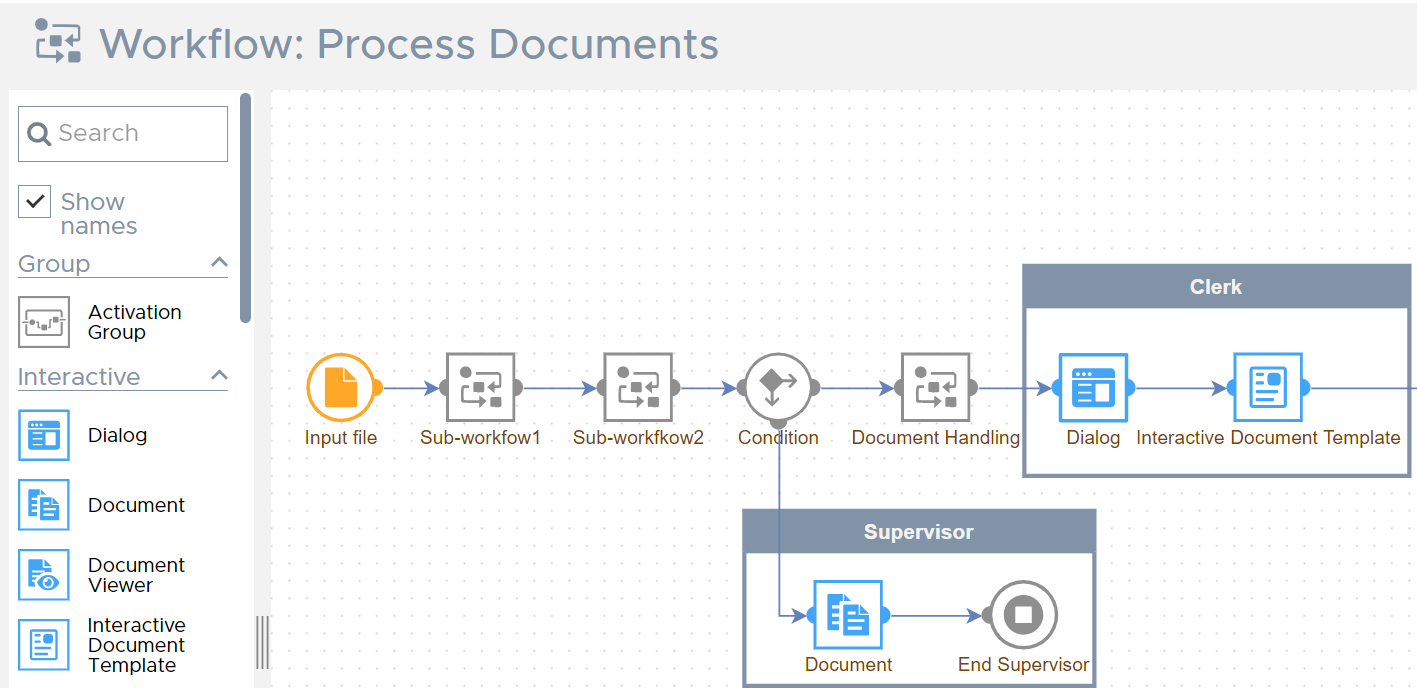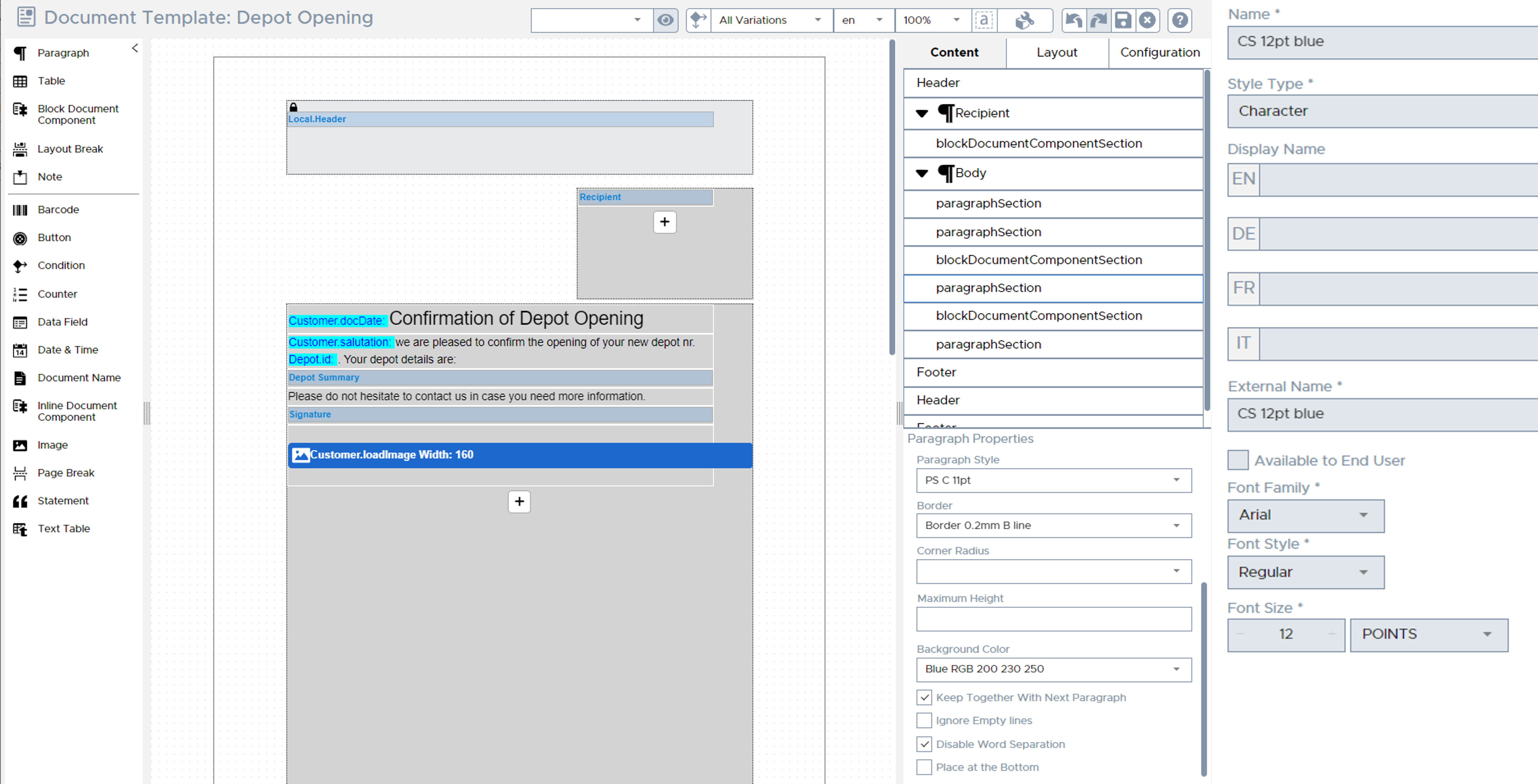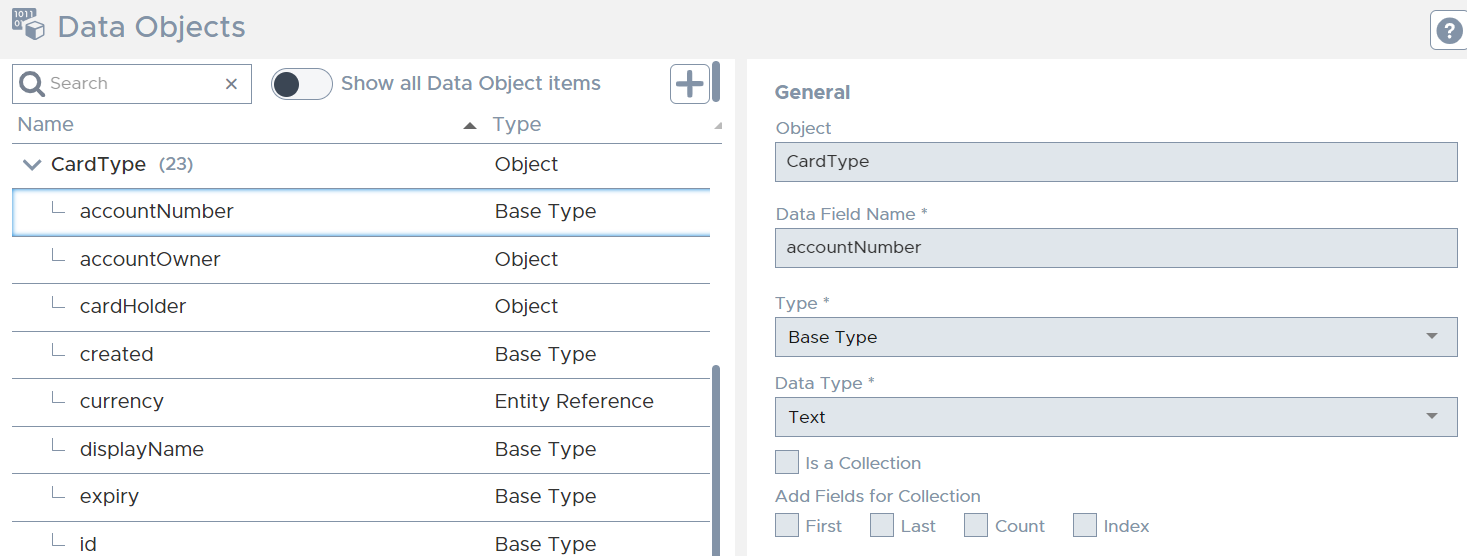Digitalize Business Processes and create documents interactively controlled by workflows that can be initiated directly in Docucom or in a backend system. With Docucom you can enter or complete data that is then used to create documents that can also be edited to finalize them.
The benefits are
- Process automation and acceleration of interactive processes for front office and back office
- Uniform, visually appealing and consistent documents
- Use the same templates across multiple business applications
- Operate different output channels
- Configuration mainly by your business experts supported by specialists
- Ready-to-use business solutions (e.g. market leader thanks to Banking Business Adapter)
Docucom provides high flexibility in document processing. If you look for a product that focusses only on fully automated and non-interactive batch processing have a look at Domtrac.
Workflows
Workflows are used to implement process automation and control. They can contain user interactions (Dialogs, Interactive Documents) and can implement separation of duty (four-eyes check) by assigning different user groups to different sections of the workflow. A wide set of workflow modules allow to implement a full end-to-end process including interaction with external systems.
Create Workflows by inserting, connecting and configuring steps from an exhaustive range of modules. No coding or scripting is required. With sub-workflows, you can create reusable components to reduce complexity.

Content
The main target is to create dynamic documents with Document Templates from the data collected in the workflow.
Each section of the document can be configured if and how the end user can modify it. The final document can be previewed after finalizing the content.
Business Users can participate in creating the document templates by focusing on the content. The layout is defined by defined style sets which ensures the document is compliant with your CI/CD and results in uniform, visually appealing documents. Reusable components shared in different templates ensure consistent documents and reduce complexity and allow to create Document Templates with less effort.


Dialogs
Create simple or complex dialogs in a web-based editor without coding or scripting. The UI is based on a grid structure into which fields can be added with drag and drop and then linked to the data structures. A wide range of UI elements allow to build the logic to capture all data needed to create documents.
The users can use sub-dialogs to reuse parts to reduce redundancy.
A lot of different input field types are available as well as complex tables that can retrieve data from external systems with web services.

Business Rules
Business Rules ensure compliance and allow full flexibility. The rules can be simple conditions as well as complex decision tables and be applied on data fields throughout Docucom. It hides the complexity of the logic to the Document Template or dialog designer.
Data Structures
In the Business Adapter specialists create hierarchical data structures/business objects (e.g. customer, account, …) with self-explanatory names and map them to the technical data structures of the input data (XML, JSON, …) so the end user does not have to understand the technical structures or field names.
The powerful functionality allows to transform, aggregate, merge, filter or calculate values with the target to unify and standardize data structures – even from different source systems – into a consistent object model.
The mapping usually takes place at the beginning of a Workflow and subsequently the resulting business objects can be used in all further Workflow steps – including the Dialogs and Document Templates.

Architecture
The open architecture allows to integrate Docucom into the customers environment it can be connected to source and target systems, and can retrieve data via web services.
It is installed and operated on premise and the multi-tenant architecture allows to run different customers or branches on the same system and let them share configuration items. It is fully scalable as a cluster or with independent Docucom instances for webForms.
The system supports change-management and versioning.
Docucom is designed to allow business users to configure a large part of the system.

webForms
With Docucom webForms you can deploy the workflows containing dialogs to anonymous end users on the internet to start fully digitalized processes outside your organization that will be continued in Docucom with the data entered by the end user.
You do not need any additional tools or web development to bring your processes to the end user.
The system scales by deploying independent webForms instances that can be automatically started and stopped according to the number of users accessing the system. The set up of webForms instances is very simple as it just needs a connection to the Docucom backend to retrieve its configuration – no separate deployment of the configuration is necessary.
Oliver Maag
Lead Project Manager
Introducing Oliver Maag, our Product Owner for Mosaic Docucom and Domtrac
